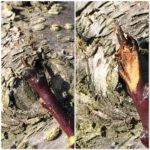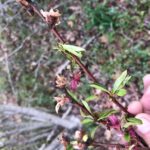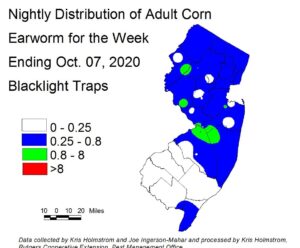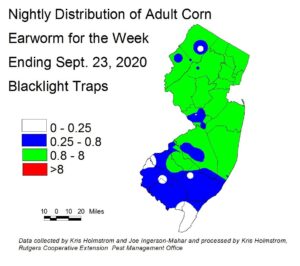Sweet Corn
IPM Program personnel are currently finishing deployment of the black light trap network in New Jersey. At present, we are approximately 80% operational and will begin to monitor traps by the end of this week. We do not anticipate corn earworm (CEW) or European corn borer (ECB) moths for some time yet, but as numbers increase, look for population maps of ECB, CEW, brown marmorated stink bug (BMSB) and CEW catches from pheromone traps in this weekly publication. The resulting full-state maps will include interpretive information.




